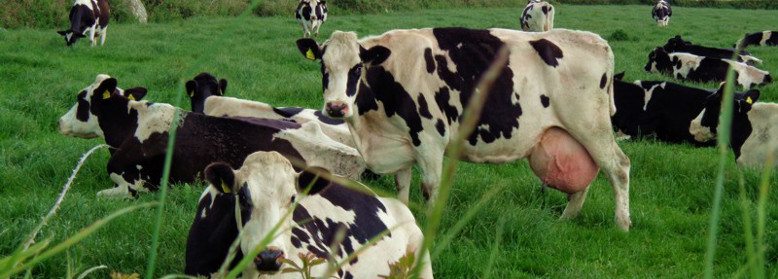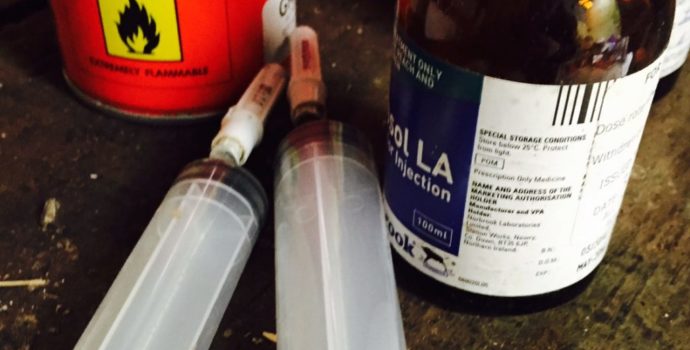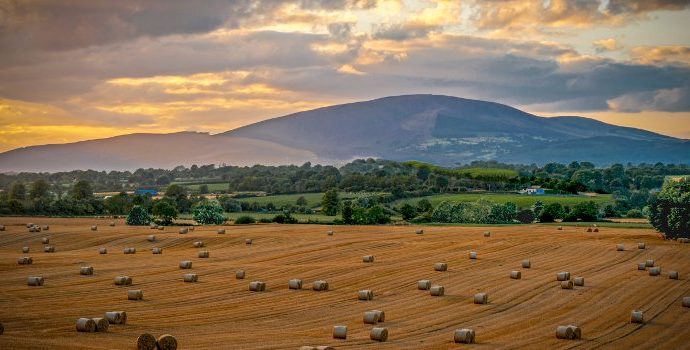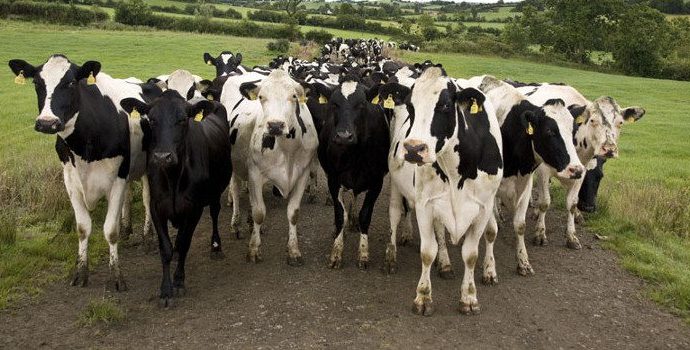Better Risk Sharing Needed in Milk Price Decisions for Sustainable Dairy Industry Model – O’leary

While recognising that co-ops have supported milk prices in the second half of 2015, IFA National Dairy Committee Chairman Sean O’Leary said it was still the case that the milk price was quite literally what was left over after all other processing costs had been covered.
Mr O’Leary said at this week’s Dairy Forum meeting this meant farmers carried 100% of the market risk. To build a sustainable model for the Irish dairy sector going forward, this approach to milk price setting must be reconsidered, in favour of a price commitment covering costs for at least a certain volume.
“The market risk in the dairy sector has never been greater; the industry operates not only in a context of volatile global dairy and milk prices, but also in an unstable business environment from the point of view of geopolitics, currencies, climate, general economic factors and EU policies,” Mr O’Leary said.
“We are fortunate that we own our industry through the co-op structure and that some price support has been provided over recent months. However, milk processing co-ops, just like other businesses, budget each year for all their assembly, processing and marketing costs. The last “cost” is milk, and it takes what is left, leaving the farmer to carry the quasi totality of a now considerably greater market risk,” he said.
“Farmers have been asked to commit supplies for a few years through a Milk Supply Agreement, and many are asked to forecast their output for the next 3 years. The only quid pro quo is that the co-op will continue to purchase and collect the milk – important, but a little out of proportion relative to the investment made by many farmers and the risk they are now taking,” he said.
“We believe a fairer and more sustainable approach would be to set a milk price that would cover at least production costs for at least a portion of the volume committed by the farmer. Such a price commitment would allow for much better informed production decisions around volume growth – the farmer should be able to decide on whether or not to produce more based on how profitable that would be,” he said.
“I believe our industry can offer these kinds of commitments, including through greater use of fixed price contracts and other forms of hedging. The long term sustainability of the Irish dairy sector critically depends on farmers being able to make a viable income from milk production, year in, year out, and we urgently need to start debating this proposal,” he concluded.




